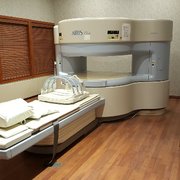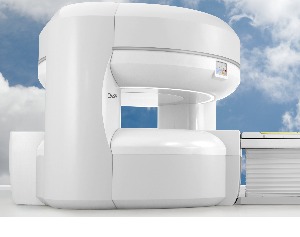

Affinity radiology license#
For individual NPIs the license data is associated to the taxonomy code.
Affinity radiology code#
There could be only one primary taxonomy code per NPI record. The primary taxonomy code defines the provider type, classification, and specialization. The date that a NPI record was last updated or changed. The date the provider was assigned a unique identifier (assigned an NPI). The provider other organization name codes are: Chatswood Infinity Medical Imaging is an independent practice privately owned and operated by a small group of radiologists working. The code identifying the type of other name. The other organization name is the alternative last name by which the provider is or has been known (if an individual) or other name by which the organization provider is or has been known. These components are often separately licensed or certified by States and may exist at physical locations other than that of the hospital of which they are a component. Hospital components include outpatient departments, surgical centers, psychiatric units, and laboratories. Subparts are the components and separate physical locations of organization health care providers.

Potential reasons for difficulties in detecting the high-affinity state in vivo are discussed.What is the National Provider Indentifier (NPI)? However, other expectations regarding agonist tracers have not been fulfilled. Agonist tracers appear to be more sensitive to endogenous neurotransmitter challenge than antagonists, as was originally expected. 7 ga-68 pmsa-11 has a high affinity to psma and was shown to be effective in imaging of both local prostate cancer tumours and distant metastatic lesions in. With an institutional subscription, Aquifer Radiology is available to an entire accredited program.

This review provides an overview of agonist tracers that have been developed for PET imaging of the brain, and the experimental paradigms that have been developed for the estimation of the relative abundance of receptors configured in the high-affinity state. Aquifer Radiology is a versatile learning tool, ideal for use as stand-alone course during a Radiology clerkship or elective, or for adding a radiology component into other appropriate clinical clerkships. For this reason, agonist tracers have been developed as tools for the noninvasive imaging of the high-affinity state with positron emission tomography (PET). The high-affinity state is preferentially recognized by agonists in vitro. Assessing the abundance of this subset is thus potentially highly relevant for studies concerning the responses of neurotransmission to pharmacological or physiological stimuli and the dysregulation of neurotransmission in neurological or psychiatric disorders. Volume 3, issue 2, April 1993 AIDS: Radiologic findings in the thorax and abdomen Pulmonary lymphoproliferative disorders with affinity to lymphoma: A. The concept of the high-affinity state postulates that a certain subset of G-protein-coupled receptors is primarily responsible for receptor signaling in the living brain.


 0 kommentar(er)
0 kommentar(er)
